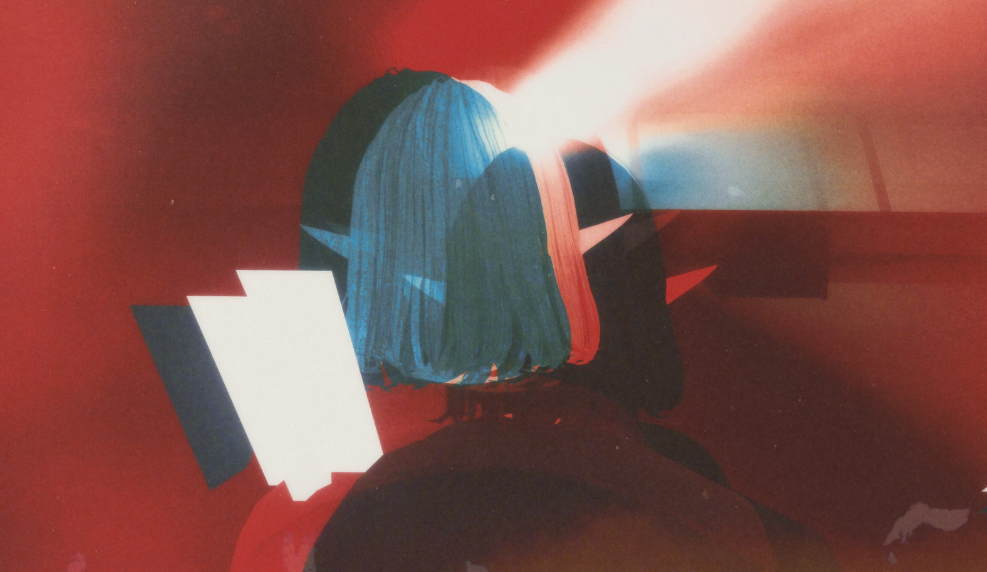Artificial Scarcity Can Affect Perception of Virtual Spotlights, Too
Some things are only real if you allow them to be.

Just a theory: why do documentaries of virtual clubs, such as PBS Subcultured's look at digital venues in VRChat, focus on smaller communities of trance lovers as well as more commercial places?
The answer is, the average viewer doesn't really care how many users are on that club's map. They just see a bunch of people dancing and some cool light effects.
Digital spaces are often plagued by creatives who fight over a limited resource of some kind. In Second Life, the fashion community blossomed with creativity, especially around 2007-2009. But as users moved on to other virtual worlds, its shopping market remained saturated, giving the illusion that shopping was the only interesting thing to do. Now, this situation is beginning to elicit complaints.
Those times were slightly different; virtual land in Second Life definitely was an artificial scarcity dreamt up by Linden Lab to engage sales, but digital fashion designers were also fighting over real-life cashouts. An entire region for a storefront, the wish of many merchants on the now-aging platform, has become even more of a dream. Who's going to pay $200 every month just to have an exclusive storefront map in a game that's steadily losing its userbase?
And so the idea of instanced maps in VR saves the creator of a new generation. No upkeep, maybe throw ten bucks VRChat's way to have group creation abilities for their announcements feature. But, where's the cashout? You can market to anyone if you try hard enough. Sure, you can have a Patreon. It can pay your rent if that's what you're going for.
But that's not what drives most creators in VR, is it? It's the spotlight, the accolades. The attention. The applause.
From the moment we first put on a VR headset, we slowly begin to divorce ourselves of physical restraints, but then in a way we also weirdly come back to it. First, goes the realization that if we get hit by a pixel monster, it isn't actually going to hurt us. Flying through the middle of space won't put us in real danger, either. We gain our virtual legs and find ourselves in virtual rooms of plush comfort, and we let our minds believe this is real.
And when we share our talents with others, we receive a release of happy chemicals for it. We equate the virtual spotlight with one in a physical world, convincing ourselves it's the same limited-resource spotlight the physical world holds. We then assign an artificial scarcity to it--just like those old virtual plots of land, we snatch up the opportunity to reap a sort of abstract profit.
Because we then convince ourselves a virtual spotlight behaves in the exact same way a physical one does, we afterwards try to defend the resource. Fighting inevitably results. Endless, miserable fighting.
Tell me--those closeups of clubs in every news documentary of virtual venues that are now online. Can you tell if one venue is getting a bigger total number than the other? The filmmaker never lists the number of instances and who's in them, do they? And who would bother to bring numbers like that to an interview? Statistics are boring. People don't click on club documentaries to hear about meticulous attendance records. They want to hear cool music and see cool stuff.
The spotlight in VR isn't real. Nor is whatever arranged hierarchy anyone imagines up around it. It's the result of clever marketing and diligence in selling the idea of that spotlight's existence to other people. Those people then lend their credence to its existence, but it's still something that can be ignored altogether.
In other words, there is no spoon.
